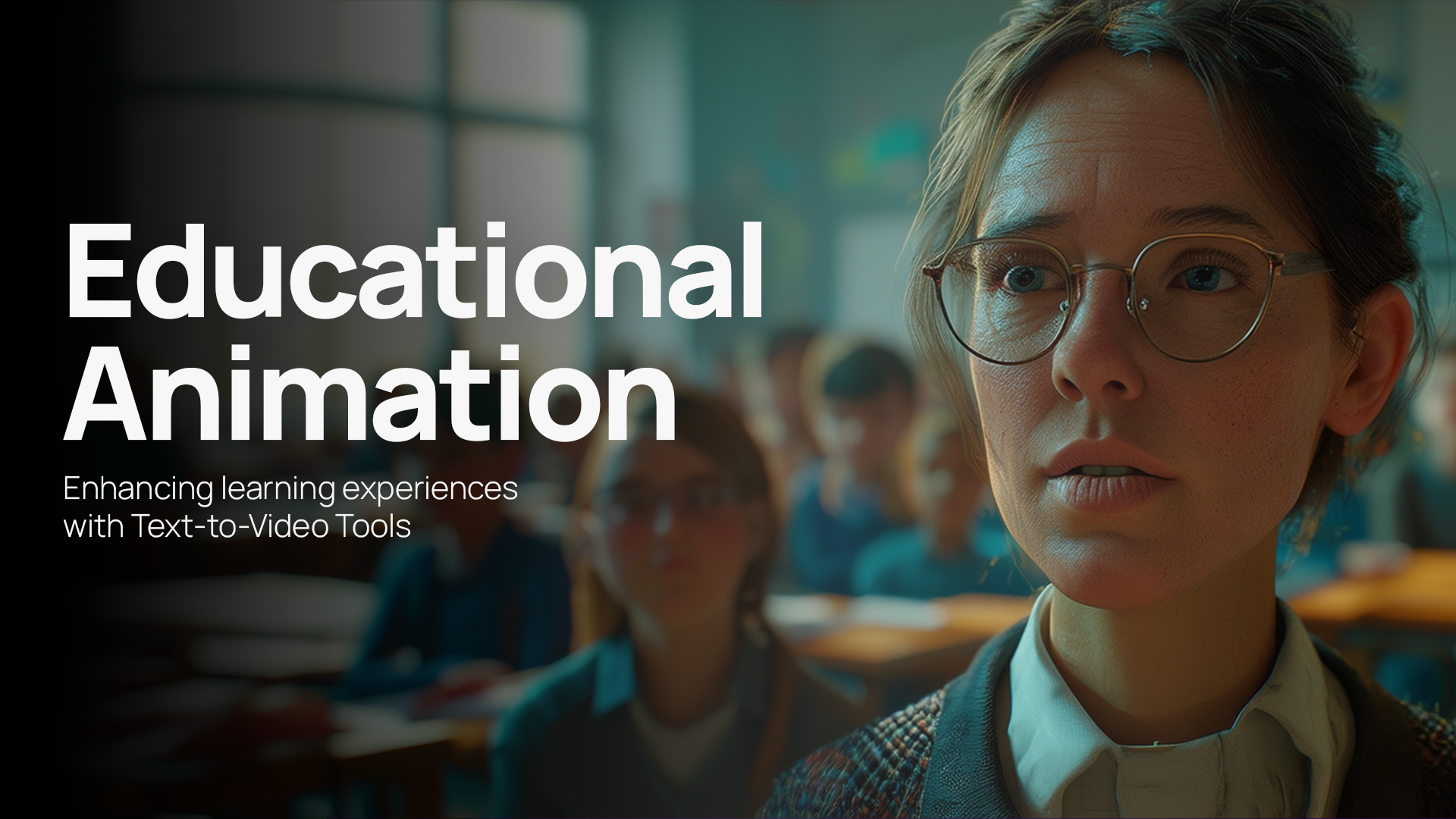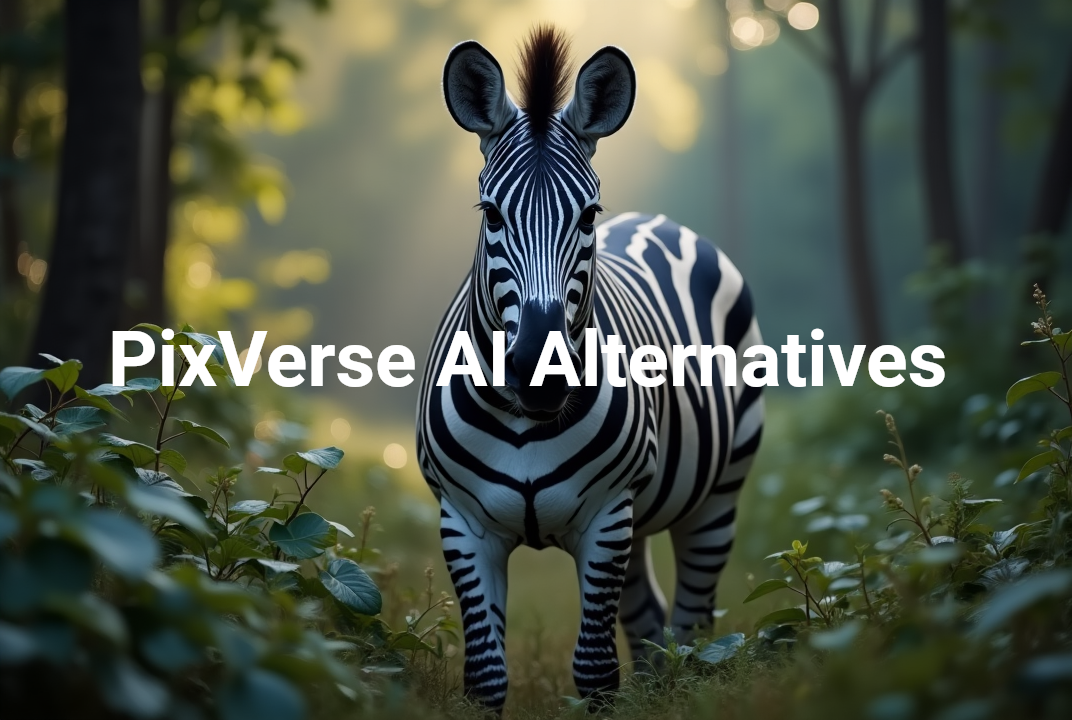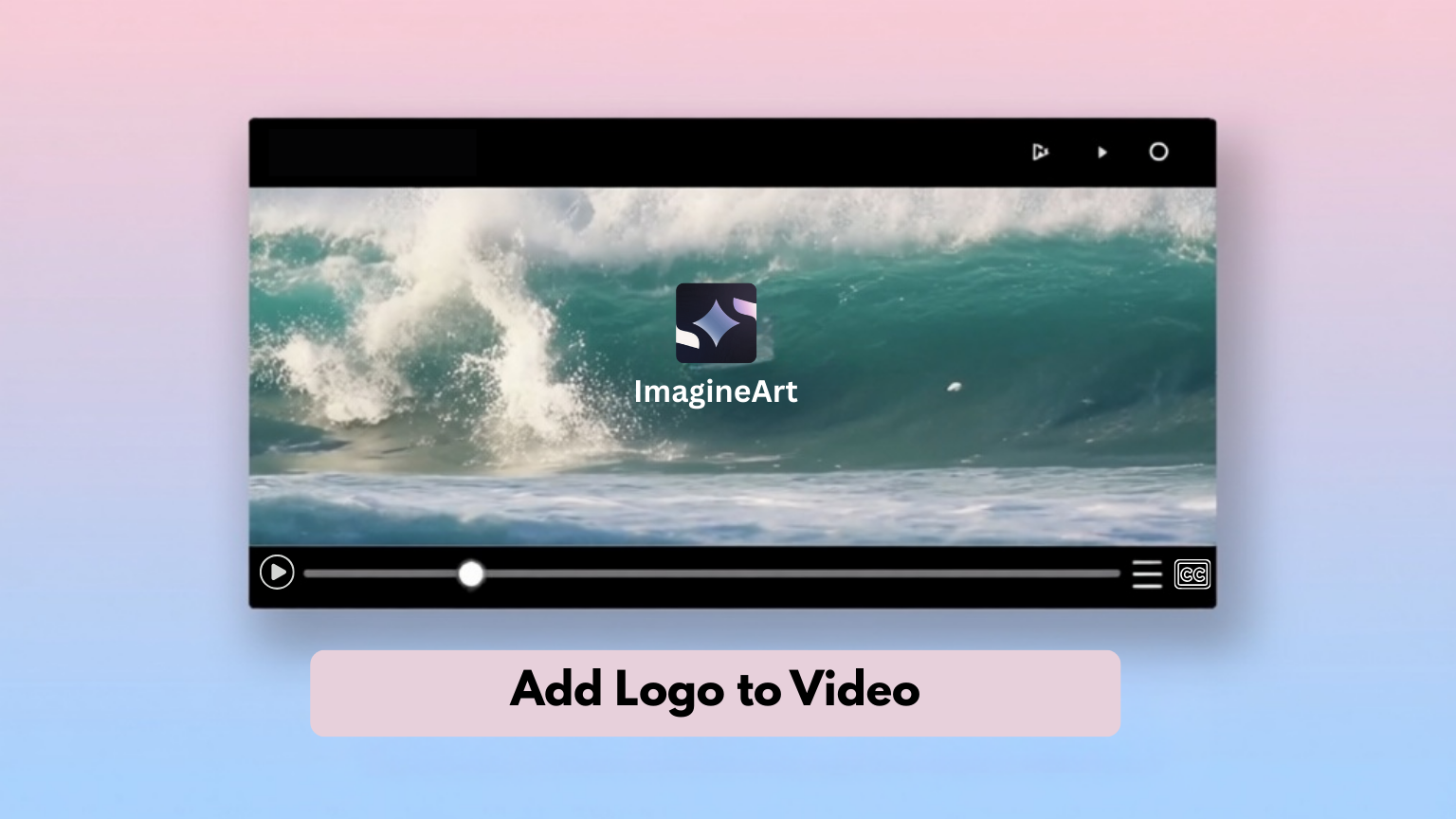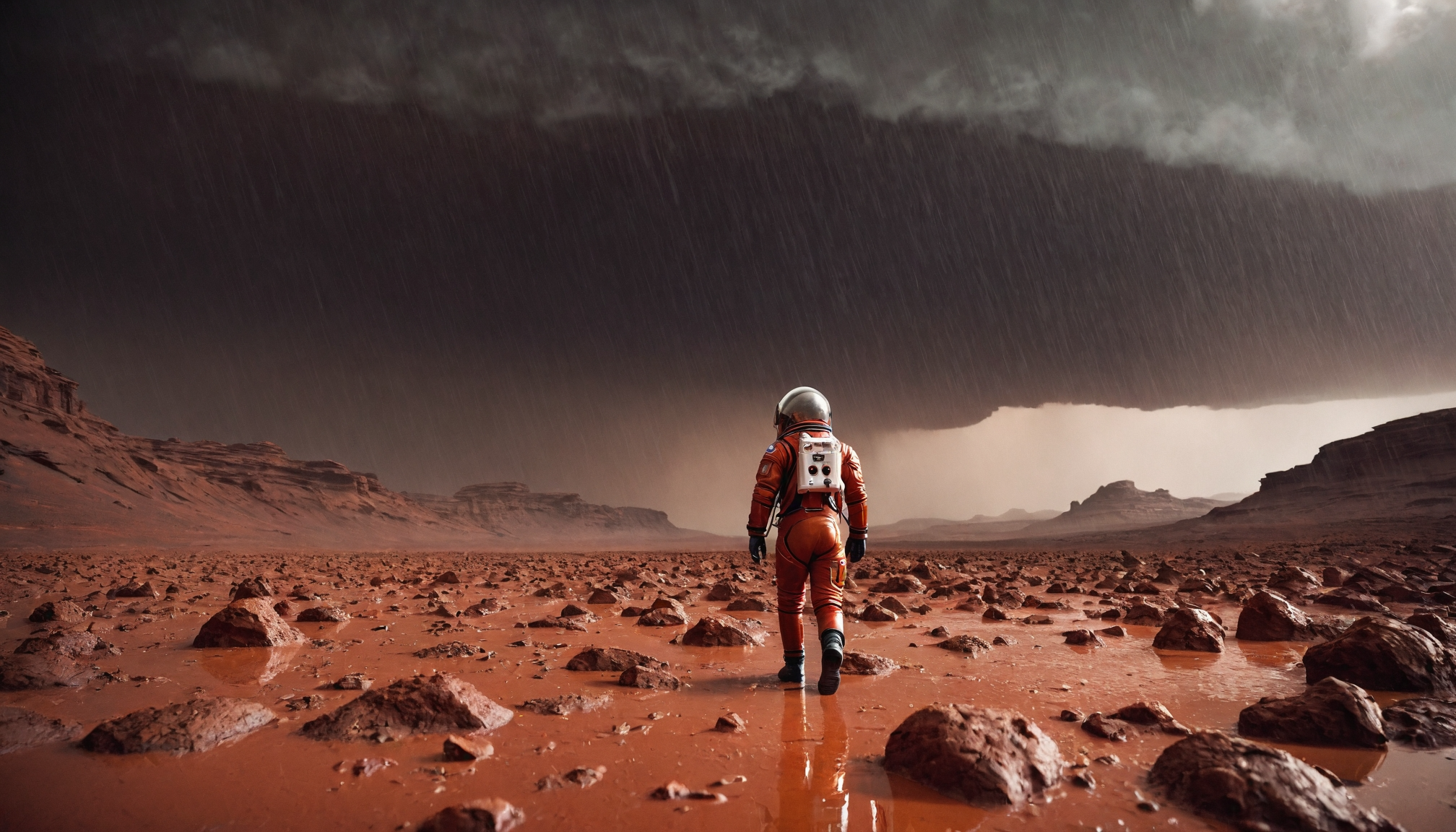

Ryan Hayden
Tue Dec 17 2024
6 mins Read
A few years ago, the idea of creating a video with nothing but words would have seemed like pure science fiction. Fast forward to today, and AI-powered video generation tools are not only a reality but are reshaping the creative landscape. From short, dynamic clips to stunning cinematic visuals artificial intelligence has given creators unprecedented control over storytelling.
What began as simple experiments with moving frames has now evolved into a race among tech giants to build the most sophisticated, realistic and accessible AI video tools. In 2024 alone, we’ve seen groundbreaking innovations from OpenAI, Google, Tencent, and Imagine Art. Tools like Sora, Veo 2, Hunyuan, and Videocraft are leading the charge, each pushing the boundaries of what’s possible. This blog takes you through the journey of AI video generation—from its humble beginnings to today’s powerful tools—and gives a glimpse of what the future might hold.
The Early Days: The Birth of AI Video Generation
The evolution of AI video generation didn’t happen overnight. Early tools were rudimentary, limited to basic frame interpolation, motion prediction, or simple animations. AI could enhance video quality, smooth motion, or add minor effects, but creating entirely new videos from scratch was far off. The foundation for today’s video tools was laid by text-to-image models like DALL·E and MidJourney, which revolutionized how visuals were generated. These advancements taught AI how to interpret language and create imagery that matched descriptions. But there was still a challenge: videos require not just visuals, but motion, coherence, and realism over time. The dream of turning text into videos was starting to take shape, but it wasn’t until recent years that the industry witnessed real breakthroughs.
2022-2023: The Breakthrough Years
Between 2022 and 2023, AI video technology leaped forward. Tools like Runway Gen-1 and Pika Labs made headlines for their ability to create short, AI-generated videos based on prompts or static images. These tools introduced concepts of motion interpolation and basic stylization, giving creators an exciting taste of what was to come.
During this period:
- AI improved its ability to handle physics-based motion and human-like expressions.
- Tools started producing smoother transitions, coherent frames, and better storytelling capabilities.
- More industries began experimenting with AI video creation, from marketing to filmmaking and education.
However, as impressive as these early tools were, they still lacked the realism, flexibility, and high resolution that creators needed. This set the stage for 2024—the year of massive transformation.
2024: The Year of Game-Changing Innovations
2024 has emerged as a defining year for AI video generation, with tech giants introducing tools that push the boundaries of quality, creativity and control. Lets take a look at the most prominent players:
OpenAI’s Sora: Realism at its Peak
Sora, OpenAI’s video model, brought a new level of realism to the table. Known for generating ultra-detailed, dynamic videos from text prompts, Sora excels at natural motion physics and cinematic visuals. Its ability to capture lifelike scenes, from flowing water to complex human interactions, makes it a benchmark for visual fidelity.
Strengths:
- Hyper-realistic visuals and smooth motion.
- Ideal for short, cinematic sequences.
Limitations:
- Currently not widely available, limiting its accessibility.
- Challenges in generating longer videos with consistent quality.
Google’s Veo 2: Redefining Cinematic AI
Google DeepMind’s Veo 2 is designed to meet the needs of filmmakers and creators looking for cinematic control. Supporting up to 4K resolution, Veo 2 offers unique features like customizable camera angles, lens choices, and genre-specific effects, setting it apart from other tools.
Strengths:
- High-resolution outputs with cinematic quality.
- Extensive creative controls over camera motion and visual style.
 Stats showing performance of veo2
Stats showing performance of veo2
Limitations:
- Currently available only via waitlist.
- Requires detailed prompts for best results.
Tencent’s Hunyuan: Power to the people
Tencent’s Hunyuan Video is making waves as a powerful and open source tool. By combining affordability with strong text-alignment and motion precision, Hunyuan has democratized AI video creation. It allows developers and businesses to generate high-quality videos without breaking the bank.
Strengths:
- Open-source and accessible to all.
- Strong text-to-motion accuracy.
Limitations:
- Limited to 720p resolution compared to higher-end tools.
- Requires robust hardware for smooth operation.
Imagine Art’s Videocraft: Creativity Made Accessible
At the heart of this evolution lies Imagine Art’s Videocraft, a tool built to empower creators of all levels. Videocraft brings together intuitive features like stylization, motion dynamics, lighting effects, and aspect ratio customization to make AI video generation easy, fast, and visually compelling.
Strengths:
- User-friendly, with a focus on accessibility for all creators.
- Provides creative controls without overwhelming complexity.
- Ideal for marketers, social media creators, and brands needing impactful videos quickly. Limitations:
- Best suited for short, dynamic videos rather than long-form cinematic content.
- Low-res videos
Industries Transformed: Use Cases and Impact
AI video generation is transforming industries at a rapid pace, unlocking possibilities that were previously unimaginable. Here are some sectors benefiting the most:
- Marketing and Advertising: Brands can create engaging content specifically video ads with AI, reducing production costs while maintaining high quality visuals.
- Entertainment and Film: Filmmakers now have tools to prototype scenes, add motion effects, or even generate entire video sequences.
- Social Media and Content Creation: Creators can generate videos quickly, from reels and TikToks to longer YouTube content, fueling audience engagement.
- Education and Training: AI video tools enable the creation of interactive learning videos, simulations, and visual aids to enhance educational experiences.
- E-commerce and Product Demos: Businesses can showcase products dynamically, offering realistic 3D-like videos from simple prompts.
- Gaming and Virtual Worlds: AI tools can streamline video cutscenes, trailers, and immersive storytelling components within games.
These changes are democratizing creativity, enabling individuals and businesses to create professional-grade videos without needing large teams or budgets.
Feature-by-Feature Comparison: How the Tools Stack Up
| Feature | Sora | Veo2 | Hunyuan | VideoCraft |
|---|---|---|---|---|
| Resolution | Ultra-realistic | 4K Cinematic | 720p HD | Customizable HD |
| Creative control | Moderate | Advanced | Text-based | Stylization, motion |
| Accessibility | Limited | Waitlist | Open-source | Readily available |
| Target audience | Filmmakers | Cinematic creators | Developers | All creators |
| Cost | $200/month | Not disclosed | $79/month | $83/month |
The Future of AI Video Generation: What Lies Ahead?
The pace of AI video innovation shows no signs of slowing. Here’s what the future might look like:
- Longer, Coherent Videos: Tools will produce extended narratives with seamless transitions.
- Real-Time Generation: Instant video creation for live applications.
- Interactive AI Tools: Creators will collaborate with AI to refine scenes in real-time.
- Industry-Specific Customization: Tailored solutions for marketing, education, and entertainment.
- Ethical Challenges: As videos become hyper-realistic, ensuring transparency and authenticity will be critical.
Conclusion: A Story Still Unfolding
The evolution of AI video generation has been nothing short of extraordinary. From the early days of experimentation to today’s cinematic masterpieces, tools like Sora, Veo 2, Hunyuan, and Videocraft are paving the way for a new creative era. Whether you’re a filmmaker chasing cinematic perfection or a brand creating social media magic, AI video tools have something for everyone. And as technology advances, the line between imagination and reality will only blur further. The story of AI video generation is far from over—it’s just getting started.

Ryan Hayden
Ryan Hayden is a passionate AI explorer and writer, dedicated to diving deep into the evolving world of artificial intelligence. With a keen eye on innovation, he breaks down complex AI concepts into captivating reads, inspiring readers to think differently about how technology can reshape the world.































